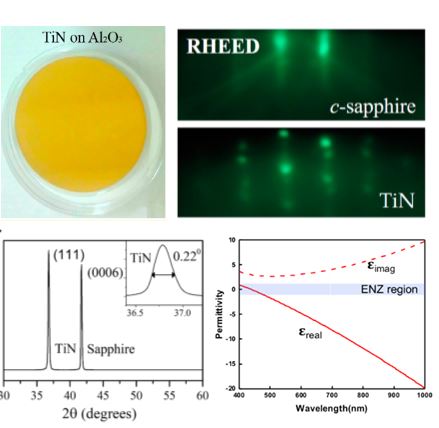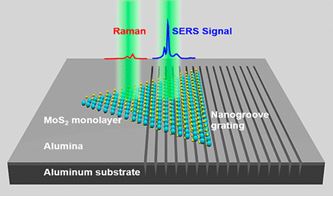- Research
- Research Projects
Research Projects
A.Two-Dimensional Material and Polariton Physics
Two-dimensional (2D) hybrid material systems consisting of plasmonic metasurfaces and 2D monolayer heterostructures, such as graphene, boron nitride (BN), and transition metal dichalcogenides (TMDCs), are proposed in this project as a scalable platform to study the physics of coherent light-matter mixed states (i.e., polaritons, hybrid quasiparticles of electric dipoles (excitons, plasmons) with photons). Here, the 2D TMDC materials can be used to resolve the issue of intrinsic losses and weak nonlinearity in the plasmonic materials by acting as gain and nonlinear media in the 2D hybrid systems. In addition, they offer efficient pathways to generate polaritons, such as surface plasmon polaritons and exciton–polaritons, through near-field (evanescent) coupling, exciton–plasmon/plasmon–exciton conversion, and surface plasmon amplification by stimulated emission of radiation processes. The strong coupling of light and matter to form polariton mixed states can play an important role in several fascinating frontiers of 2D material nanophotonics, ranging from low-threshold polariton lasing, Bose-Einstein condensation, and valleytronics. Base on the above descriptions, we are focusing on the four subprojects: (1) 2D material growth and structure fabrication, (2) Fundamental studies performed by probing methods with spatial-temporal-spectral resolution, (3) Control and manipulation of quantum degrees of freedom in 2D materials using plasmonic metasurfaces, and (4) Quantum photonics of hybrid 2D material heterostructures.

Fig. 1 An example of plasmonic metasurface for TMDC polariton physics.

Fig. 2. Chiral Second-Harmonic Generation from Monolayer WS2/ Aluminum Plasmonic Vortex Metalens

Fig. 3. Epitaxial Aluminum Surface-Enhanced Raman Spectroscopy Substrates for Large-Scale 2D Material Characterization
B. Metal nitride zero-index and plasmonic heterostructures for advanced optical sensing and energy harvesting
The optical response of epsilon-near-zero (ENZ) materials has been a topic of significant interest in the last few years as the electromagnetic field inside the media with near-zero permittivity has been shown to exhibit unique optical properties, including strong electromagnetic wave confinement, non-reciprocal magneto-optical effects, and abnormal nonlinearity. These ultrathin ENZ materials are promising for the enhancement of quantum emission for optical sensing and enhanced absorption for energy harvesting. While ENZ optics have been extensively investigated in the last few years, the previous studies suffer on several limitations, for instance, (i) lack of precise control of carrier distribution for efficient ENZ mode excitation, (ii) lack of efficient tunability due to the fixed conductivity of noble metal/semiconductor, (iii) high optical loss due to the amorphous or high surface roughness of the film, and (iv) narrow bandwidth of operating wavelength (<10 nm). Until we can solve these problems and manipulate and enhance the zero-index optical dynamic, we cannot develop efficient nanoscale ENZ optical applications for optical sensing and energy harvesting.

Fig. 4. MBE grown high quality TiN Materials (a) X-ray diffraction pattern of TiN film, showing single crystalline. Inset: Optical image of the film. (b) Measured permittivity of the MBE grown TiN.